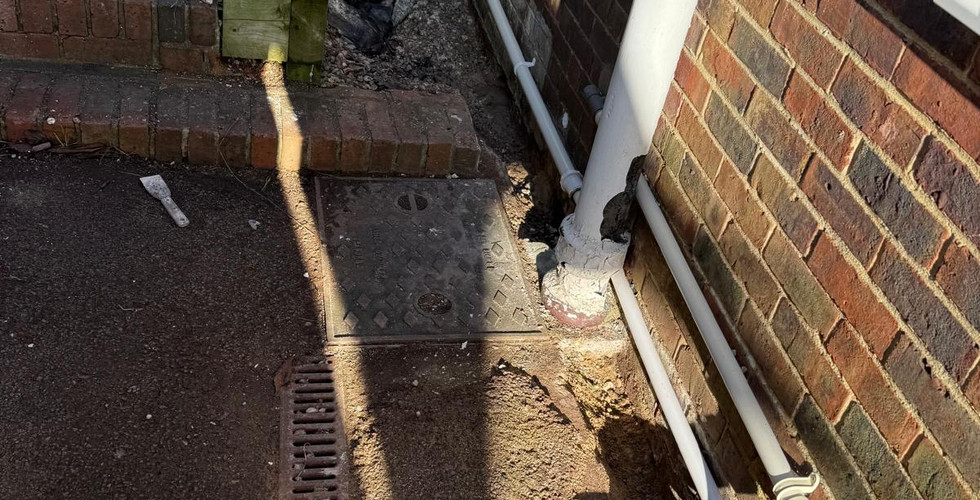Damp Proof Courses
- TUFSM

- Jul 1
- 3 min read
One of my primary concerns is property dampness, largely because I have some knowledge in this area. During my initial role as a supervisor in construction, I attended a course on damp issues to help diagnose and address the damp problems in the properties we were refurbishing.
Below are the seven main types of damp you’ll encounter in buildings, along with what typically causes each.
Condensation Damp - Warm, moisture-laden air cooling on cold surfaces (cooking, bathing, drying)
Rising Damp - Groundwater wicking up through walls where DPC is missing, failed/compromised
Penetrating Damp - Rainwater entering via cracks, damaged roofs, blocked gutters or poor pointing
Hygroscopic (Chemical) Damp - Salts in building materials drawing moisture from humid air
Damp from Plumbing Leaks - Leaking pipes, faulty joints or blocked drainage infiltrating the structure
Construction Moisture Damp - Residual water in new or renovated materials (concrete, plaster, paint)
Groundwater and Flooding Damp - Excess rain, high water table or nearby flooding saturating foundations
Our house, originally constructed in 1978, appears to be well-built. However, I believe some modifications were made post-construction. Having resided in the house for four years, we have encountered significant issues with mold, likely due to a compromised damp-proof course (DPC) on one side of the property. During the Christmas holiday 2025, Dave and I excavated the area in hopes of alleviating the persistent mold problems. I’m not sure who put the steps in on the side of our house in the path and it was definitely done after the house was built.
When you google the question how high should a dpc be from the floor? The answer is 150mm. Part C of the Building Regulations 2010 makes this very clear throughout section 5. This is because the splashback from rainwater continually will go in above the DPC as a potential cavity into your home cause rising damp.
Rising damp is a horrendous thing to try and sort out. Cost lots of money and can cause major structural issues.
During the renovation of our garden, one of my primary objectives was to ensure that the landscaper set the external ground levels 150mm below our utility's damp proof course (DPC). Unfortunately, this was not feasible due to the poor construction of the utility, where the foundation obstructs achieving the desired ground level below the damp course. In hindsight, we should have considered demolishing and rebuilding the structure.
As a result, the waterproof flooring we purchased has suffered partial damage. The compromised DPC allowed water to seep through the solid brick wall, affecting the flooring. Although the flooring came with a 30-year guarantee, the Wickes surveyor identified excessive moisture, and thus, they will not replace the flooring due to water ingress. The most frustrating aspect is that we could have potentially mitigated much of the water ingress by simply redirecting water away from the utility with a downpipe or by installing a water butt.
Dave has tried to fix the problem by painting on a tanking solution, but we are yet to see if there will be an improvement.
I wanted to make people aware of this. If your neighbour wants to do work and they get a tradesmen in to complete some external work. The contractor may go over your damp course and it could cause your home problems later on.






















Comments